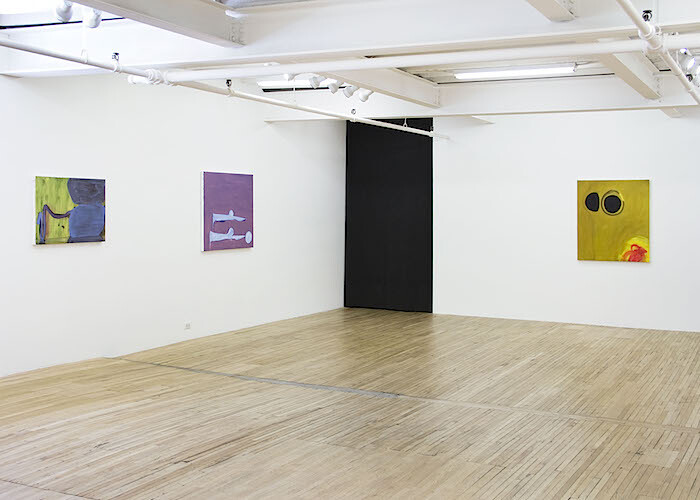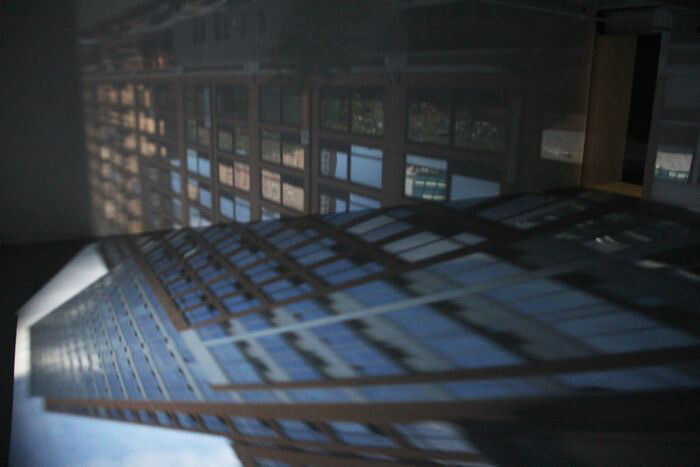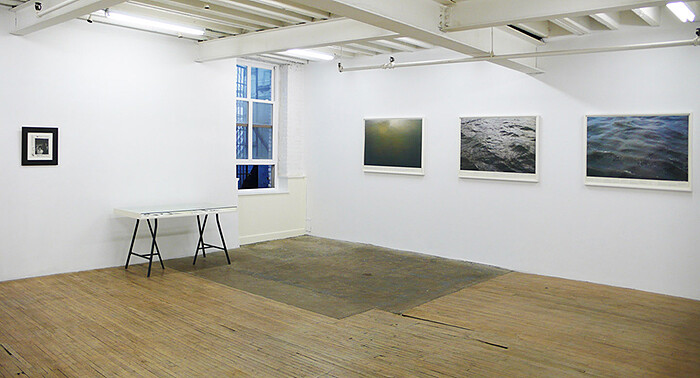Categories
Subjects
Authors
Artists
Venues
Locations
Calendar
Filter
Done
July 12, 2016 – Review
Rosalind Nashashibi’s “Two Tribes”
Rachael Rakes

Ever-regenerating discussions in mainstream documentary discourse pit form in opposition to function. It is still commonly understood that utility and representable actuality risk becoming diluted or confused by formal invention or experimentation with narrative structure. This reasoning foregrounds a perpetuating valuation in the inherent power of the documentary as a pedagogical and propaganda tool, above all else, and suggests that a kind of ideal documentary purity is always just out of reach. Consequently, this has also produced infertile grounds from which to begin discussing documentary works that sit outside of documentary convention, even after a particularly fruitful past decade of aesthetic development in the discipline.
In some sense, the documentary’s entrance into the art world as an aesthetic and as a research mode has helped to lessen this specific pressure on the form (whether that pressure is justified is another matter). The expanded material exhibition practices of contemporary art help to constellate a more coherent message—of evidence, explanation, context—that would otherwise need to emanate solely from the single work, thereby leaving it more often than not suffused in and defined by didacticism. At the same time, contemporary art does not typically require such a rigorous self-justification in terms of its usefulness. …
October 5, 2012 – Review
Zoe Leonard
Karen Archey

It’s a cruel fact of art writing that when political work is positioned under weighty rhetoric, its vim and potency become threatened. The press release for Zoe Leonard’s exhibition at Murray Guy wavers on doing just that, suggesting that the show waxes philosophical on the nature of photography by asking the age-old question “What is photography?” Leonard, whose work ardently politicizes the act of looking, is a hero of queer art and champion of photography as an artistic medium. She privileges a practice of aesthetic subtlety, often proffering bodies of works that achieve meaning through their association in totality rather than as singular objects. I would argue that it’s with the breath of the personal and political that Leonard’s work is most keenly felt, and with the scientific and academic that it loses impact.
Leonard’s exhibition at Murray Guy, her first at a New York gallery since 2003 and the inaugural show in the gallery’s expanded Chelsea space, consists of a darkened room acting as a camera obscura and five photographs taken directly focused at the sun. The camera obscura, itself a tool long tied to the history of painting and architecture as much as photography, covers the gallery walls in …
May 28, 2011 – Review
"Vision is elastic. Thought is elastic." curated by Moyra Davey & Zoe Leonard
Antek Walczak

The ubiquitous pairing of writing and photography as amateur pastime and teenage site of self-? (? = production, estrangement, submission, replication?) has as much to do with the pioneering use of Livejournal (LJ) in the early 2000s by the then-emergent figure of the emo, as it does with the eventual standard issue of cameras on keyboard-equipped mobile phones and the image/text-happy society being formed by these device combinations. As Roberto Bolaño might have put it, poets belong to adolescence, and what the emo did was activate the potential poet in the white-suburban, alienated, anxious teen, while the community blog format provided a place where the tortured traces of Georg Trakl’s lines could lamely putrefy under a layer of goth face paint. At the height of zine culture in the mid-70s, a 16-year-old Mark Morrisroe also did a zine, called Dirt, a gossipy-trashy-celebrity thing that wouldn’t be far off from the kind of aggressive celebrity blogs that eclipsed the twilight of the emo’s on LJ. By displaying a few copies of this zine in their curatorial debut (or detour) at Murray Guy, Moyra Davey and Zoe Leonard touch on the antecedent of this pairing of writing with photography, but their main …
August 2, 2010 – Review
Nashashibi/Skaer at Murray Guy, New York
Tyler Coburn

Respected artists in their own right, Rosalind Nashashibi and Lucy Skaer have also led a fruitful collaboration since 2005, pairing their unique temperaments in taut, reflexive films and installations. Theirs is a method that emphasizes the transformations, shifts, and slippages that images and ideas can undergo: through the entropic sedimentation of time, for example, or an act of misrecognition (willed or otherwise) with which an artist can build a new language from extant matter.
For their first collaborative solo exhibition in the US, the British duo tell two mythic stories with both structuralist and iconographic syntaxes. The single-channel film Our Magnolia (2009) expands outwards, in portentous swoops, from British painter Paul Nash’s Flight of the Magnolia (1944). An official artist for both World Wars, Nash ended his career with an essay and series of paintings, entitled “Aerial Flowers,” that channel wartime paranoia into depictions of flowers hovering like enemy parachutes across the English sky. Nashashibi and Skaer’s associative montage shakily traces a path through figures of mortality and militarism into the neoconservatist age, moving from alternating close-ups of the painting and aristocratic flowers to sequential reframings of the hollowed eye socket of a decomposing whale carcass; two photographs of Margaret Thatcher, …
